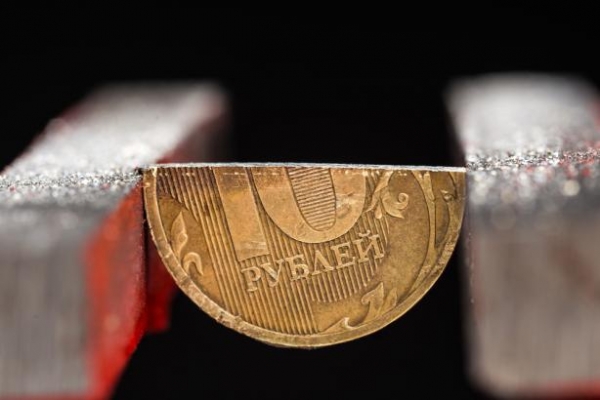
Since in 2008 the outbreak of the global financial crisis, productivity growth in developed countries – the US, Europe and Japan slowed considerably not only in absolute terms but in comparison with previous decades.
However, this phenomenon is contrary to the dominant in Silicon valley and other global technology centers the opinion that the world has entered a new Golden era of innovation that would dramatically increase productivity growth, improve the quality of life and improve working methods.
As noted by renowned economist Nouriel Roubini, who predicted the global financial crisis, in his article for Project Syndicate, the world has not noticed improvements with the beginning of the “age of innovation”, and it is possible that it will not notice.
“Breakthrough innovations are observed in at least six areas:
· ET (energy technologies) – technologies in energy, including new forms of fossil fuels, like shale gas, shale oil, and alternative energy sources, including solar and wind technology, clean tech, “smart” electricity grid.
· W (biotechnologies) is a biotechnology, including gene therapy, stem cell research, the use of big data to radically reduce the cost of medical services, the increasing life expectancy of people and improve their health.
· IT (information technologies) – information technology, such as Web 2.0/3.0, social networks, new mobile applications, Internet of things, big data, cloud computing, artificial intelligence, virtual reality device.
· MT (manufacturing technologies) – industrial technology, including robotics, automation, 3D printers, personal manufacturing.
· FT (financial technologies is a financial technology that promises revolutionary changes in the entire financial sector, ranging from payment systems to services of banking, insurance and asset allocation.
· DT (defense technologies) – defense technology, including developing drones and other advanced weapons systems.
At the macro level, the mystery is: why all these innovations, many of which have already found application in our economy, have not yet resulted in statistically measured increase in productivity growth.
There are several possible solutions to this, as economists say, “the puzzle of productivity”.
First, there are technological pessimists (including Robert Gordon of northwestern University), who argue that the economic effect of recent innovations pale in comparison with the effect of the great innovations of the first and second industrial revolutions: steam engine, electricity, water and sanitation, antibacterial drugs, and so on. However, as proven by the economic historian Joel Mokyr (northwestern University), hard to be a technological pessimist given the abundance of innovations that are happening now and are likely to occur in the coming decades.
Second explanation: we don’t see real volume of output (and hence productivity growth) because the new information-intensive goods and services are difficult to measure, in this case the standard statistical methods may just not be able to correctly reflect them too rapidly falling cost. If this statement was true, you would have to then prove that improper measurement of productivity growth is now more irregular than in previous decades, technological innovation.
However, reliable empirical evidence of this today do not exist. However, some economists argue that we incorrectly measure the release of depreciating software (in contrast to computer equipment), as well as numerous benefits of free benefits on the Internet. Indeed, thanks to search engines and popular mobile applications knowledge are almost always at hand, making our lives much easier and productive.
A third explanation: between innovation and productivity growth there is always a time lag. During the first Internet revolution, the acceleration of productivity growth that began in the technology sector, spread to the rest of the economy only many years later, after aimed at business and consumers with new electronic tools have found application in the production of goods and services that are very far from the tech sector. Also at this time, it may take time before new technologies become widespread and lead to a statistically measured increase in productivity growth.
And there is the possibility of a fourth. Potential growth and productivity growth actually declined after the financial crisis. Population ageing in most developed countries and some key developing countries, such as China and Russia, combined with lower investment in physical capital, which helps to increase productivity, has caused a decline in the trend growth of the economy. This decline is consistent with the hypothesis of “secular stagnation” that Larry summers.
In the development of this idea, the focus is on the phenomenon that economists call hysteresis: a prolonged cyclical downturn or weak economic recovery (what we have seen since 2008) may lead to lower potential growth for at least two reasons. First, if workers are without work for too long, they lose their skills and human capital. Second, because technological innovations are an integral part of new capital goods, low levels of investment leads to a permanently low productivity growth.
In reality we don’t know exactly what caused the “mystery performance” and whether it is a temporary phenomenon. Most likely, all of these explanations have certain advantages. However, if weak productivity growth will continue (and with it too low, wage growth and standards of living), the current counter-attack the populists to free trade, globalization, migration and market-oriented policy is likely to increase. So, the developed countries have a very good reason to tackle the causes of slow performance before it will threaten social and political stability.”








